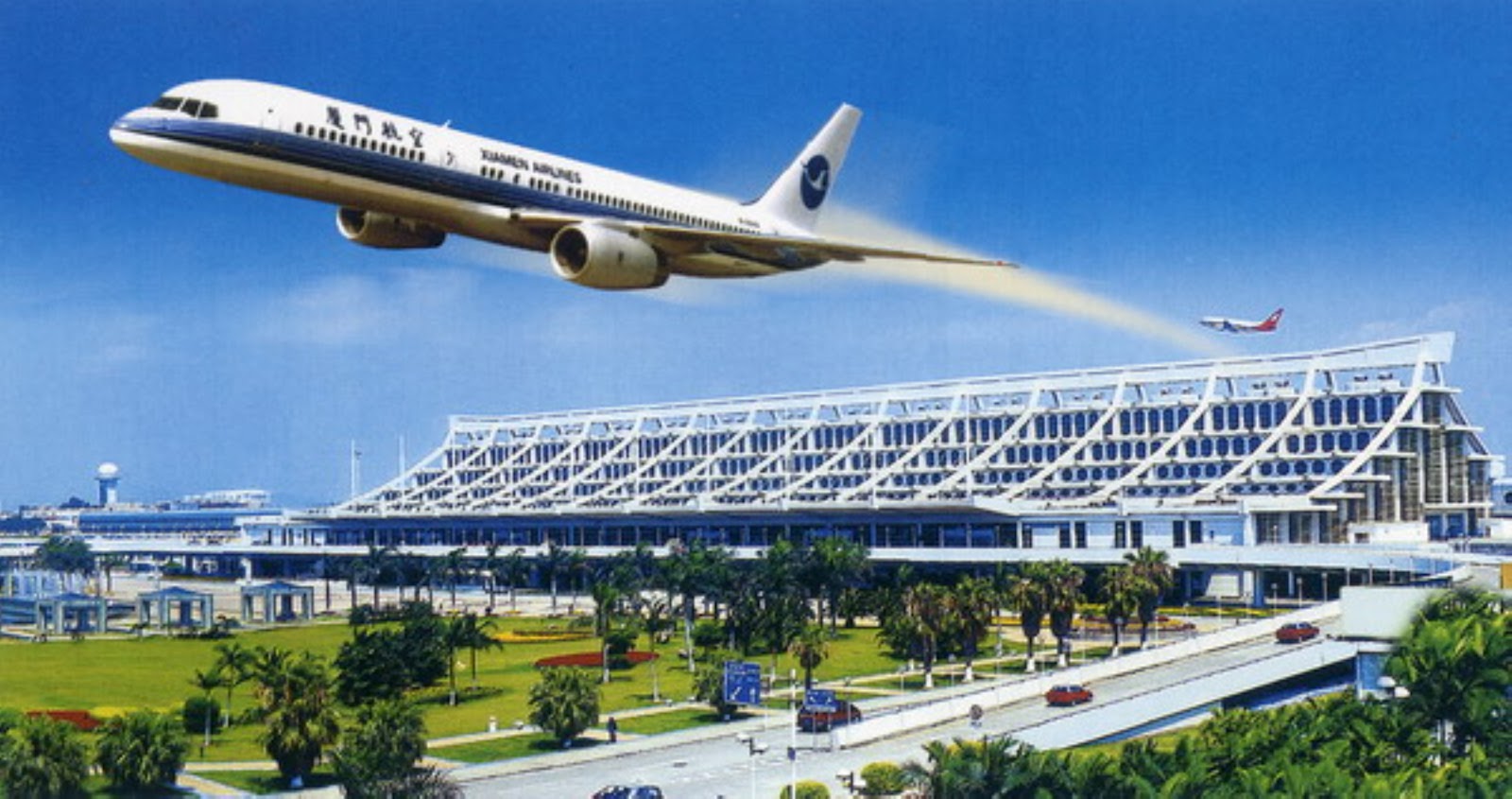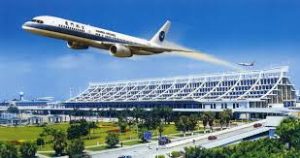
Last s ummer, on a bucket list trip through Southern Africa, I took a total of six flights with South African Airways. On the first one, a 15-hour trip from New York’s JFK Airport to Johannesburg, my air vent and seat-back screens were both broken. On my next five flights, the situation was only marginally better.
ummer, on a bucket list trip through Southern Africa, I took a total of six flights with South African Airways. On the first one, a 15-hour trip from New York’s JFK Airport to Johannesburg, my air vent and seat-back screens were both broken. On my next five flights, the situation was only marginally better.
Within a week of my return, a customer service agent at South African Airways received an angry note from me, citing the airline’s outdated planes and unsympathetic flight attendants. Surely, I wasn’t the only one complaining: The company seemed well-versed in responding to inquiries of this nature. Staff apologized quickly and gave me a mileage credit. It didn’t undo the terrible flights, but the swift show of humanity is rare in the aviation industry.
It’s also the reason that the deep-in-debt carrier took the fifth slot in this year’s 2018 AirHelp Score report from AirHelp, a company that advocates on behalf of air travelers for compensation in cases of delays or cancelations. Its sixth annual survey uses data from the first quarter of the year to rank the 72 international airlines for which the company had statistically significant data.
Overall rankings are based on three factors: on-time performance, quality of service (gleaned from public reviews on an array of reliable websites), and a claims-processing score (which reflects how a company handles customer complaints).
“South African Airlines has a fantastic claims-processing score,” explains Ashley Raiteri, an industry adviser for AirHelp—the airline earned 8.69 points of a possible 10—and it’s also got a good track record of keeping flights on time.
“Irregularities in flights are going to happen,” Raiteri adds. “What’s important is whether the airline has planned for that so they can make the experience less hellish for the consumer.”
With that in mind, here are the best and worst airlines of the year, according to AirHelp, along with their on-time performance records.
The 10 Best Airlines of 2018
1. Qatar Airways (89 percent on-time performance)
2. Lufthansa (76 percent)
3. Etihad Airways (86 percent)
4. Singapore Airlines (85 percent)
5. South African Airways (85 percent)
6. Austrian Airlines (80 percent)
7. Aegean Airlines (90 percent)
8. Qantas (89 percent)
9. Air Malta (86 percent)
10. Virgin Atlantic (82 percent )
The 10 Worst Airlines of 2018
63. Jet Airways (65 percent on-time performance)
64. Aerolineas Argentinas (85 percent)
65. Iberia (84 percent)
66. Korean Air (64 percent)
67. Ryanair (86 percent)
68. Air Mauritius (69 percent)
69. EasyJet (79 percent)
70. Pakistan International Airlines (61 percent)
71. Royal Jordanian Airlines (83 percent)
72. WOW Air (75 percent)
Surprises exist on both lists. Iberia—which ranked among the best airlines on a similar report from FlightStats last year that was configured purely according to on-time performance—appears in AirHelp’s worst airlines list, a reflection of its poor “claim processing score.” KLM and Emirates, airlines with passionate fan bases, ranked 11th and 16th, respectively, just outside the top 10.
U.S. carriers didn’t fare particularly well: American Airlines Inc. performed best, at 23rd of 72, followed by United Airlines Inc. in 37th place and Delta Air Lines, Inc. in 47th place. “Delta has a great on-time performance, but in dealing with claims, more often than not they either ignore them or reject them out of hand, forcing customers into court in order to pay what they’re legally obligated to pay,” Raiteri tells Bloomberg. While the three airlines won nearly identical scores in “quality of service,” Delta was the category leader by a few tenths of a point.
While budget carriers did not fare well, with Ryanair DAC, EasyJet Airline Co., and WOW Air all appearing among the bottom 10 airlines, there was one exception: Norwegian Air Shuttle ASA ranked 12th overall, reflecting a 76 percent on-time record and very good scores both for claims processing and quality of service.
The data concerning best and worst airports contain similar surprises. No American hubs were ranked in the top 30—Seattle-Tacoma took the domestic lead, in the 33rd slot—while a large number of Brazilian airports dominated the charts, something Raiteri attributes to good local weather and a “hub and spoke” route network that keeps flights moving smoothly and on time.
AirHelp’s data for airports cover 141 destinations. They factor in on-time performance, quality of service, and online consumer sentiment, but its rankings heavily favor the first two criteria.
“Different airports deal with different problems,” Raiteri explains, saying that Hartsfield–Jackson Atlanta has recently battled a series of power outages, while airports in Scandinavia tend to get knocked for weather delays, despite their sleek looks and efficient service.
“In some places, the local culture can leave people feeling cold,” Raiteri adds, describing the direct style of security agents in northern Europe. Here are the best and worst airports of 2018.
The 10 Best Airports of 2018
1. Hamad International Airport, Doha (DOH)
2. Athens International Airport, Athens (ATH)
3. Tokyo Haneda International Airport, Tokyo (HND)
4. Cologne Bonn Airport, Cologne, Germany (CGN)
5. Singapore Changi Airport, Singapore (SIN)
6. Nagoya Chubu Centrair Airport, Nagoya, Japan (NGO)
7. Viracopos International Airport, Campinas, Brazil (VCP)
8. Amman Queen Alia Airport, Amman, Jordan (AMM)
9. Guararapes-Gilberto Freyre International Airport, Recife, Brazil (REC)
10. Quito International Airport, Quito, Ecuador (UIO)
The Worst Airports of 2018 132. Eindhoven Airport, Eindhoven, Netherlands (EIN) 133. Bordeaux Merignac, Bordeaux, France (BOD) 134. Edinburgh Airport, Edinburgh (EDI) 135. Boryspil International Airport, Kiev, Ukraine (KBP) 136. Manchester Airport, Manchester, United Kingdom (MAN) 137. Stockholm Bromma Airport, Stockholm (BMA) 138. Paris Orly, Paris (ORY) 139. Lyon–Saint-Exupéry Airport, Lyon, France (LYS) 140. London Stansted Airport, London (STN) 141. Kuwait International Airport, Farwaniya, Kuwait (KWI)
One note of optimism: Raiteri says most airlines and airports that descended in the rankings this year did so because the marketplace is becoming more competitive, not because their individual performance is declining.
“What we mostly see is improvement, to be honest,” he tells Bloomberg. “Most airlines have been late to recognizing their responsibility, but after all the publicity that United got last year, we’re seeing airlines taking a much different approach to dealing with passengers.”
For both airlines and airports, he says, “We don’t see folks falling in rank due to poor performance—but because another entity is doing better and pushing them down.” Consider it a silver lining the next time you’re stranded at the gate.
Source: fortune.com
